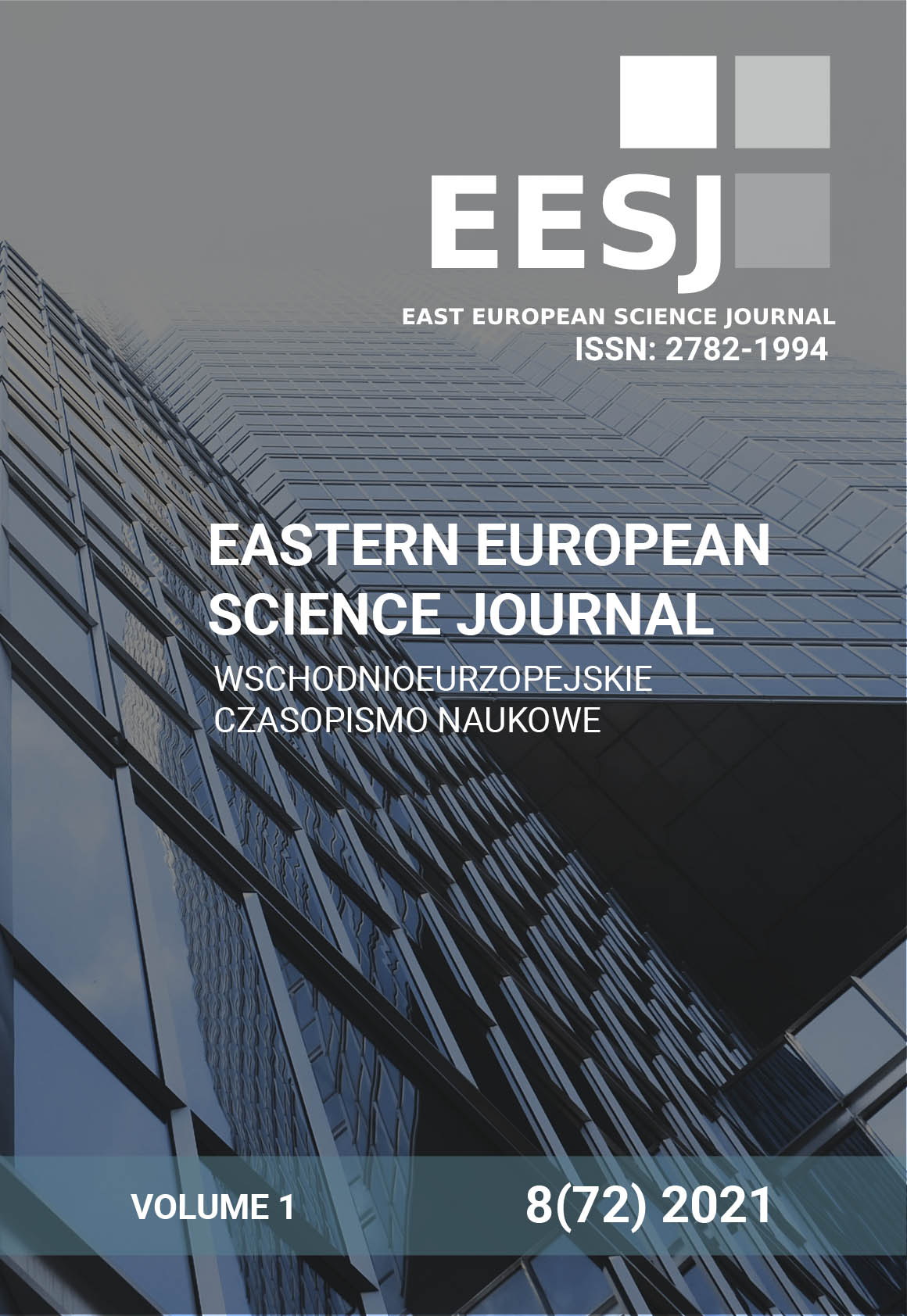INTERACTION OF THE GOVERNMENT AND BUSINESS IN THE CONTEXT INVESTMENT OF DECISIONS TO PROJECT FINANCING INFRASTRUCTURE
Keywords:
public-private partnership, infrastructure projects, infrastructure bonds, investment, public authority, business.Abstract
In the article examines the advantages of interaction between the government and business to reap the benefits from such kind of relations. The ideological understanding of the public-private partnership role was defined and the forms of interaction between the government and business, which are used in world practice, were considered. Features of infrastructure project financing on the basis of public-private partnership were studied. Existing schemes financing of infrastructure concessions were analyzed. The theoretical foundations forms of the bond financing to infrastructure projects, as well as the existing types of infrastructure bonds used in world practice, were described. The general stages for organization of debt securities issuance were explored and the main advantages of infrastructure bonds to use them t finance infrastructure projects. Possibilities of using the bond form of financing of infrastructure projects on the basis of public-private partnership were substantiated and the need to use such securities on the municipal bond market was proven. This study became the basis for proposals to use infrastructure bonds to finance infrastructure projects in the Ukrainian reality
References
Leeper E. Government investment and fiscal stimulus / E. Leeper, T. Walker, S. Yang // Journal of Monetary Economics. – No 57(8). – 2010. – P. 1000-1012.
Vinnik O. M. Upravlinnya derzhavnoprivatnim partnerstvom pri vikoristanni jogo akcionernoyi formi / O.M. Vinnik // Visnik Akademiyi pravovih nauk Ukrayini. – №2. – 2010. – S. 112-120. [Vinnyk O. M. Upravlinnia derzhavno-pryvatnym partnerstvom pry vykorystanni yoho aktsionernoi formy / O.M. Vinnyk // Visnyk Akademii pravovykh nauk Ukrainy. – №2. – 2010. – S. 112-120 (in Ukrainian)].
Nejkova I. S. Derzhavno-privatne partnerstvo yak skladova investicijnogo mehanizmu innovacijnogo rozvitku / I. S. Nejkova // Naukovij visnik Nacionalnogo universitetu DPS Ukrayini. – № 1 (48). – 2010. – S. 152–160. [Neikova I. S. Derzhavno-pryvatne partnerstvo yak skladova investytsiinoho mekhanizmu innovatsiinoho rozvytku / I. S. Neikova //Naukovyi visnyk Natsionalnoho universytetu DPS Ukrainy. – № 1 (48). – 2010. – S. 152–160 (in Ukrainian)].
Pavlyuk K. V. Sutnist i rol derzhavnoprivatnogo partnerstva v socialno ekonomichnomu rozvitku derzhavi. / K.V. Pavlyuk, S. M. Pavlyuk // Naukovi praci KNTU. Ekonomichni teoriyi. – № 17. – 2010. – S. 10–20. [Pavliuk K. V. Sutnist i rol derzhavno-pryvatnoho partnerstva v sotsialno ekonomichnomu rozvytku derzhavy. / K.V. Pavliuk, S. M. Pavliuk // Naukovi pratsi KNTU. Ekonomichni teorii. – № 17. – 2010. – S. 10–20 (in Ukrainian)].
Radchenko O. Osnovi partnerskoyi vzayemodiyi derzhavi i privatnogo sektoru / O Radchenko, O. Krutij // Efektivnist derzhavnogo upravlinnya. – Vip. 1 (54), ch. 1. – 2018. – S. 72-79. [Radchenko O. Osnovy partnerskoi vzaiemodii derzhavy i pryvatnoho sektoru / O Radchenko, O. Krutii // Efektyvnist derzhavnoho upravlinnia. – Vyp. 1 (54), ch. 1. – 2018. – S. 72-79 (in Ukrainian)].
Cherchata A. Derzhavno-privatne partnerstvo yak rezultat integraciyi derzhavi ta biznes-struktur /A. Chertata // Naukovij visnik IFNTUNG. Seriya: Ekonomika ta upravlinnya v naftovij i gazovij promislovosti. – №1 (21). – 2020. – S. 92-104. [Cherchata A. Derzhavno-pryvatne partnerstvo yak rezultat intehratsii derzhavy ta biznesstruktur /A. Chertata // Naukovyi visnyk IFNTUNH. Seriia: Ekonomika ta upravlinnia v naftovii i hazovii promyslovosti. – №1 (21). – 2020. – S. 92-104 (in Ukrainian).].
Andrusiv U. (2020). Experience and prospects of innovation development venture capital financing / U. Andrusiv, I. Kinash, A. Cherchata, A. Polyanska, O. Dzoba and other // Management Science Letters. – No10(4). – P. 781-788.
Downloads
Published
Issue
Section
License

This work is licensed under a Creative Commons Attribution-NoDerivatives 4.0 International License.
CC BY-ND
A work licensed in this way allows the following:
1. The freedom to use and perform the work: The licensee must be allowed to make any use, private or public, of the work.
2. The freedom to study the work and apply the information: The licensee must be allowed to examine the work and to use the knowledge gained from the work in any way. The license may not, for example, restrict "reverse engineering."
2. The freedom to redistribute copies: Copies may be sold, swapped or given away for free, in the same form as the original.




